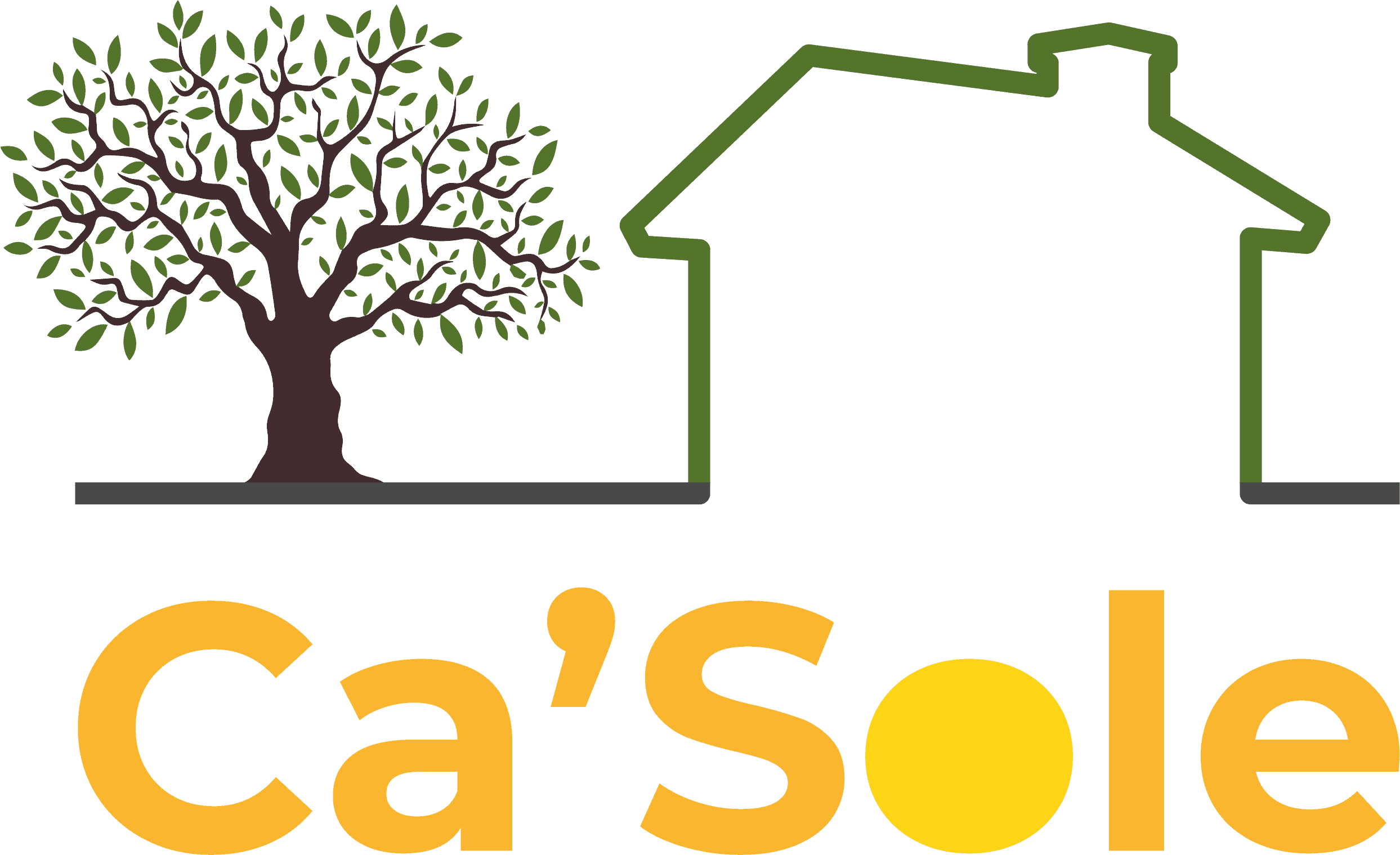It’s hardly news that we’ll all become older. What is relatively new, though, is that the world’s average age is rising. In order to evaluate, plan and address the demands of the aging population, more and better information is needed. The aging population of the 21st century is concerned with social, economic and demographic changes among older adults and many issues related to the health: health promotion and disease prevention; quality of life; financing and use of the health system and quality of care, in particular long term care. Recommendations are also made to increase and improve data, and to ensure prompt access to information.
A excellent example might be found in the United States, where the nation’s decision-makers continue to face challenges as social and health services demands are increasing, given the predicted significant expansion of the aged (65 or older) and, in particular, the older (85 or older) populations. During the 12 years through 2000, the very old (80 or older) U.S. population is expected to be the largest single federal entitlement group, using $82.8 billion (US$ 1984) in advantages (Torrey, 1985). These populations will expand even more rapidly soon after the turn of the century, as the cohorts of baby booms after World War II become older.

The promotion of health and illness prevention in geriatric medicine and health care generally are a key rising issue. Although such initiatives were traditionally aimed at younger people, there is increasing evidence that this method is both suitable and practicable for people over sixty-five. Health promotion and disease prevention are among several alternative techniques to deal with the prevalence of chronic disease and multiple chronic diseases or functional disorders among older people. While this strategy does not replace the treatment of acute diseases or acute flares of chronic diseases, it promises to reduce or delay chronic and acute disease incidence and prevalence among the general population and the elderly.
Despite the obvious importance of health promotion and disease prevention, data on the degree to which people are informed about the causes of preventable diseases and conditions, and actions taken to reduce their own risks of developing these illnesses, and accompanying impairments, are not routinely available via national data systems. To develop the recommended modules, several agencies will need co-operation and coordination of efforts. These included the Health Promotion and Disease Prevention Office, the National Center for Research in Health Services and Health Care Technology and the National Institute of Health Institutions.
1. Recognize the inevitability of population ageing and the need, in enhancing understanding and strengthening and strengthening national and local capacity to adapt societies to ages, to adequately prepare the stakeholders (government, civil society, private sector, community and families) for the growing number of elderly people.
2. Implementing social protection floors to ensure economic security and access for all older people of vital health and social services in order to postpone impairment and prevent old age destitution.
3. Support communities and families to build support mechanisms to ensure the long-term care of fragile older people.
The ideal investment for all employees to enhance the lives of future generations of older people would be by fostering healthy habits, ensuring education, employment opportunities, access to health care and coverage of social security. 4.
5. Support international and national research on gender and culture-sensitive ageing and ensure that data and evidence from such research can feed policy-making.
6. Mainstream aging in all gender and gender policies in ageing policies, taking account of the special needs of elderly women and men.
7. Ensure the inclusion of older people in all plans and programs of national development.
8. Ensure that old people are included in national humanitarian action, mitigation and adaption plans for climate change, disaster management and preparedness activities.
9. Ensure the elderly’s needs are fully reflected in the post-2015 development agenda, particularly by developing specific objectives and indicators.
10. Work on the development and translation into national laws and regulations of international human rights instruments that oppose age discrimination and especially address older people’s rights.


